Best Orthotics for Pigeon Toed Children – Let’s Improve Your Child’s Walking Gait
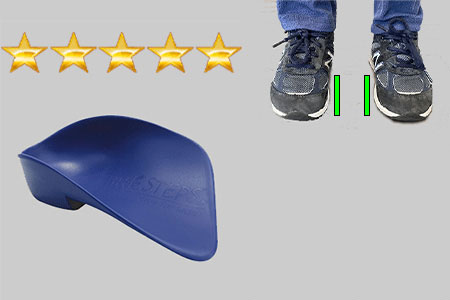
Have you noticed your child’s feet pointing inwards instead of straight ahead? Pigeon toe, medically known as in-toeing, is a common condition that causes children’s toes to point inwards and it can involve one or both feet. Some children might grow out of this condition on their own, but some may need supportive shoes and orthotics to improve their gait and stability. I am going to show you the best orthotics for pigeon toed children to help improve your child’s foot posture, stability, and gait.
The orthotics I recommend play a critical role in correcting pigeon toe. They work by aligning the feet into a more natural position, promoting proper gait and posture. Correcting these issues early can prevent more complex orthopedic issues in the future, such as knee pain or hip misalignment.
My Experience Fitting Children’s Shoes and Orthotics
While I am not a doctor, I know which shoes and orthotics work best for pigeon toed children as I work for a specialized children’s shoe store that specialized in helping children with foot problems. I have helped several children with pigeon toes straighten out their gait by fitting them in the correct type of shoes and orthotics.
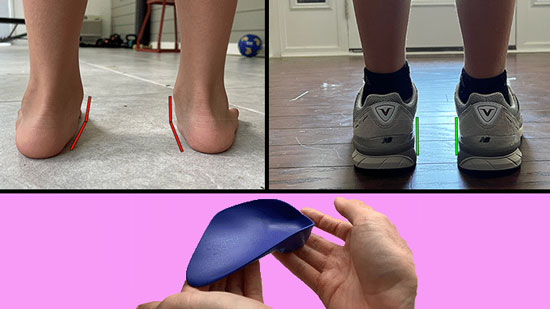
I have noticed that there is a lot of confusion and difference of opinion on both the necessity for treatment and its effectiveness. There is actually one specific orthotic that has proven to be the most effective one in significantly reducing pigeon toes and the frequency of tripping, and I will show you this orthotic shortly.
What is Causing Your Child to Walk Pigeon Toed?
- Metatarsus adductus (the foot bones turn inward)
- Tibial torsion (the shinbone turns inward)
- Femoral anteversion (the thigh bone turns inward)
The gait plate orthotic I recommend will help treat your child’s in-toeing no matter where it stems from (foot, shinbone, or thigh bone).
What Are the Risk Factors of Being Pigeon Toed?
Pigeon-toe may lead to excessive pronation issues such as:
- Difficulty running and jumping
- An unbalanced gait, causing your child to fall more often
- Foot deformities including bunions, hammertoes, and flat feet
Will Your Child Outgrow Pigeon-Toes? – Be Proactive!
While many children grow out of a pigeon-toed stance, some do not. Children between the ages of one and five are undergoing rapid neuromuscular development. Pigeon toes during these years can often be managed with proper foot orthotics and footwear. Unresolved pigeon toes after age five, although still manageable, can become a bit more difficult to control.
Please trust your parental intuition if you notice something off about your child’s feet and/or walking gait. You know when there is something wrong with your child, you are living with the child, not your doctor.
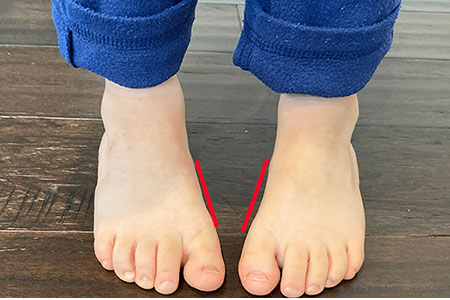
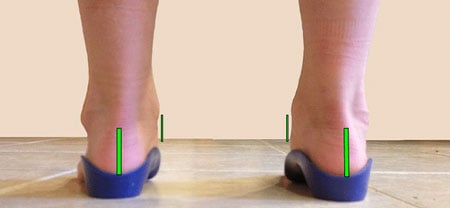
What Are the Best Orthotics for Pigeon Toed Children?
I recommend littleSTEPS® Gait Plates for children with pigeon toes. These semi-rigid, prefabricated gait plates can greatly improve the foot posture and step of a child with pigeon toe. There are two key features this orthotic provides:
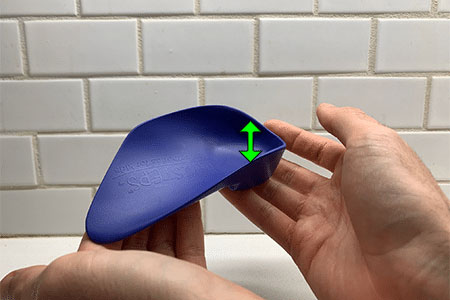
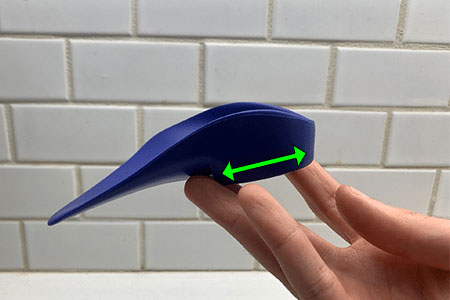
Best Pigeon Toe Orthotics for Kids
Choosing the right orthotics depends on the severity of the pigeon toe condition and the child’s individual needs. This orthotic work best for children with mild to moderate degrees of pronation. This prefabricated orthotic can be purchased without a prescription, is cost-effective, and can fit into most children’s shoes.

- Order littleSTEPS® Orthotic Gait Plates from their official website. You must submit a Referral Code to complete your order: JVFCS100121
- It’s not necessary to remove the original insoles of the shoes when fitting this orthotic.
- The 3/4 length design makes it easier to fit into various shoe styles.
- Take a look at this chart to figure out what size to order based on your child’s shoe size.
Before and After: The Impact of Orthotics
Many families who have tried the orthotics I recommend for their pigeon-toed children report significant improvements. These improvements often include not just physical changes but also boosts in confidence and self-esteem. These include better walking patterns, reduced tripping, and enhanced confidence. Although results vary, the positive changes can be quite remarkable.

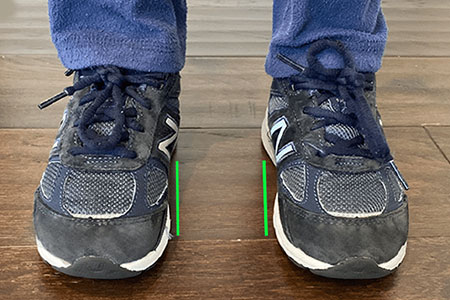
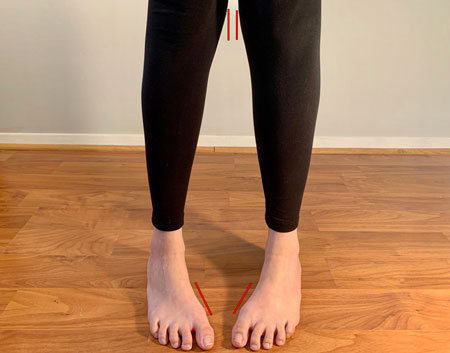
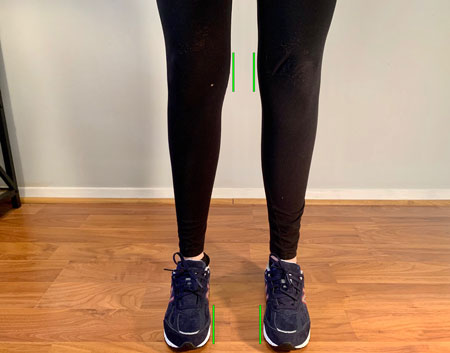
The Role of Supportive Footwear
In addition to orthotics, supportive footwear is crucial for pigeon toe correction. The right pair of shoes can complement the effects of orthotics, providing additional support and stability. Proper footwear acts as a foundation upon which orthotics can effectively function. Here’s what to look for in supportive shoes:
1. Straight Lasts: The “last” of a shoe (either curved or straight) determines the shoe’s overall shape. Shoes with a straight last are ideal as they keep feet in the proper position, which is especially important for correcting in-toeing.
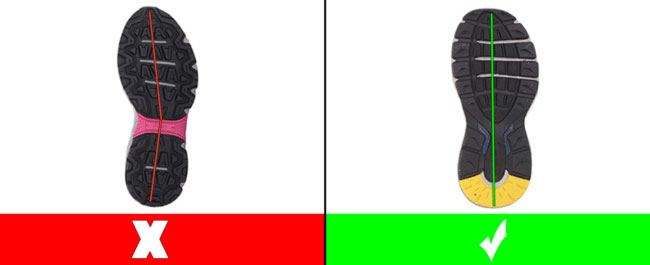
2. Stable Base of Support: Provides a stable and supportive base to help keep the orthotics in place.
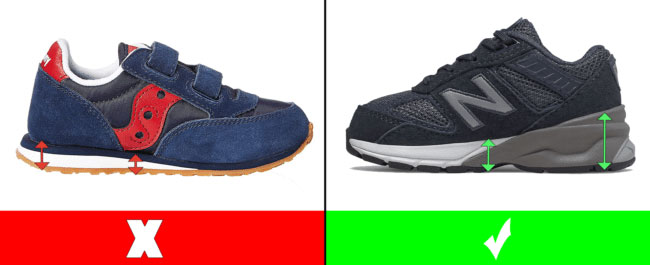
3. Firm Heel Counters: A sturdy heel counter helps maintain proper foot alignment and prevent excessive inward rotation. This feature is essential in ensuring the orthotics perform their corrective function.
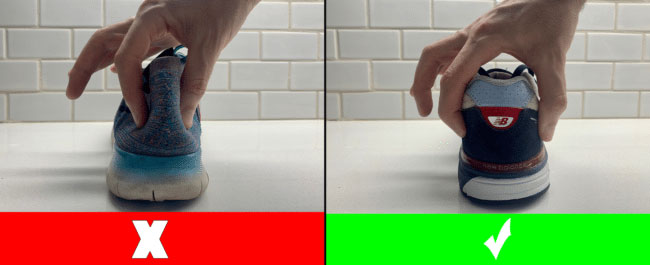
What Are the Best Shoes for Pigeon Toed Children?
I created a different resource that has a list of supportive and deep shoes that are ideal for children who wear orthotics as they are supportive but lightweight and flexible at the same time.
Taking Early Action Might Prevent Surgery
The first seven years of a child’s life are crucial when it comes to foot and lower extremity development. During these “golden years,” children’s bones are more malleable, making it easier to correct any structural abnormalities with the right interventions. This is why being proactive about pigeon toe treatment during this stage can be life-changing. It’s important to take early action because if in-toeing doesn’t resolve before the child reaches nine to ten years of age, internal tibial torsion may require surgery.
Consult with a Professional
While I have been fitting children’s shoes and orthotics for many years, I am not a medical professional. It’s crucial to seek advice from a podiatrist or pediatric orthopedic specialist. These professionals can provide detailed insights into your child’s condition, helping tailor treatment effectively.
Stretching and Flexibility
Regular stretching exercises for the feet and legs can enhance flexibility and reduce tension in the muscles, contributing to improved posture and gait. Stretching routines can be easily incorporated into daily activities, such as before bedtime or after school. Encouraging your child to participate in stretching can also instill lifelong habits that promote physical health and well-being.
Pigeon toe is a common concern for many parents, but with the right approach, it can be effectively managed. Orthotics, supportive footwear, and targeted exercises can work together to correct foot alignment and promote healthy development. As a dedicated shoe fitter, my goal is to provide you with the knowledge and resources needed to support your child’s journey to comfortable and confident walking.

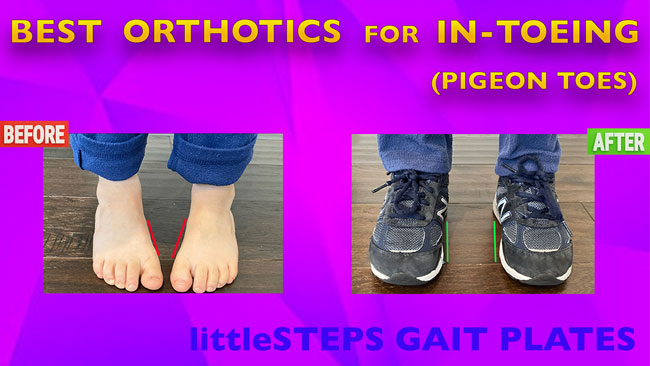
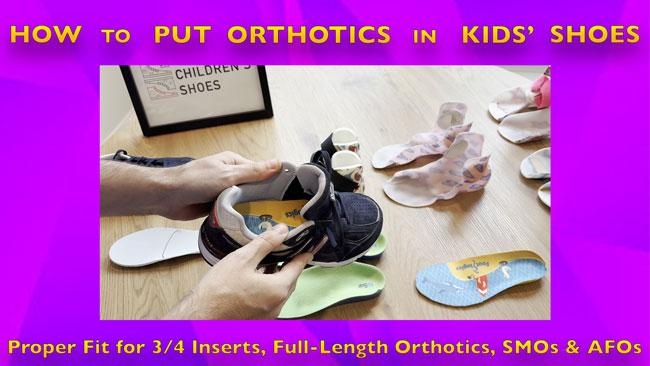
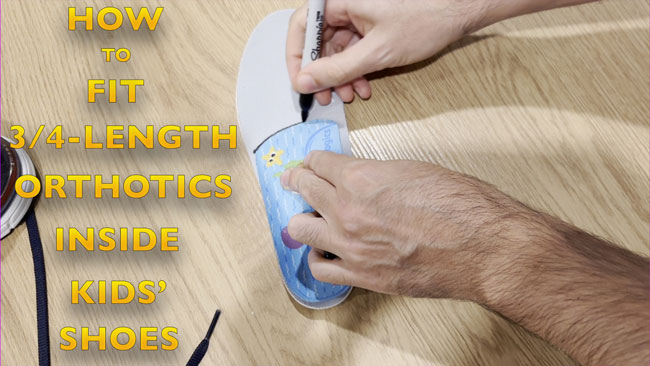
If I purchase the tennis shoes do I also need the gait plates? She is 9 years old and wears a size 3 shoes… not sure which to get. Thank you
Hello Julie,
That depends on the degree of your daughter’s foot condition and toe walking. You can always start by trying the sneakers and if the toe walking doesn’t improve then try an orthotic.
Are you unsure about which sneakers to get? Do you know whether your daughter has narrow, medium, wide, or extra wide feet?
I’m looking for adult size inserts. For pigeon toed
Hello Mario,
What shoe size do you wear? This will help me determine what orthotics are available for your feet.